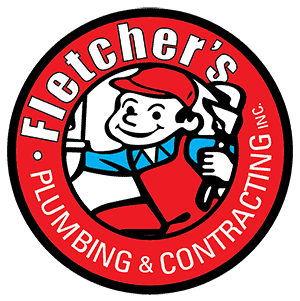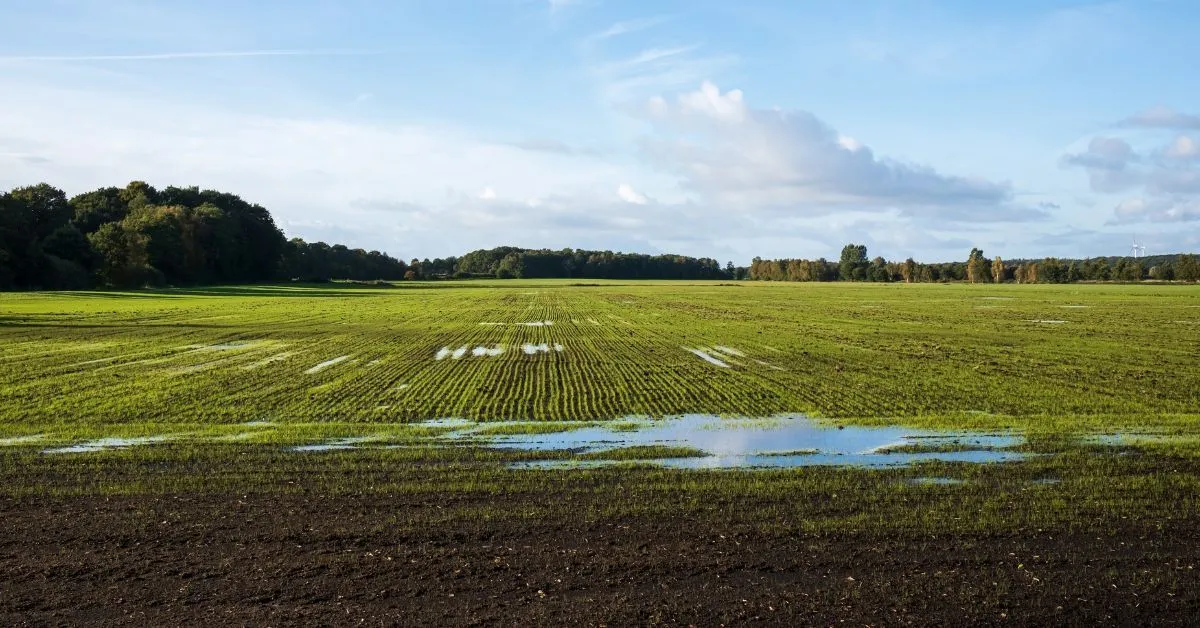7 Early Signs of Drain Field Failure To Be Aware Of
Managing a commercial property can feel like juggling a multitude of responsibilities. One minute, you’re dealing with tenant issues; the next, you’re handling maintenance requests. With so many tasks at hand, it’s easy to overlook one of the more crucial elements of property upkeep—the drain field. However, understanding seven early signs of drain field failure to be aware of can prevent costly repairs and maintain the smooth operation of your property’s plumbing system.
What Exactly Is a Drain Field?
Let’s clarify what a drain field does before we discuss potential failures. A drain field—also known as a leach field—disperses and filters wastewater from the septic tank into the soil, where it naturally breaks down and is absorbed. A drain field’s efficiency in commercial properties can affect everything from tenant satisfaction to property value.
Understanding how this system works can help you identify signs of trouble. The drain field typically consists of a series of perforated pipes assembled in trenches full of gravel or other materials. The wastewater flows through these pipes and into the surrounding soil, which naturally filters it. A properly functioning drain field prevents sewage from backing up into buildings or polluting the environment.
Why Drain Fields Matter in Commercial Properties
Drain fields help properties maintain their health and hygiene. A well-functioning drain field guarantees the safe disposal of wastewater, preventing environmental contamination. Proper disposal is especially important for commercial properties due to the higher volumes of wastewater produced compared to residential settings.
The consequences of a failing drain field extend beyond mere inconvenienc; such failures can lead to unpleasant odors, health hazards, and even legal liabilities for property owners. Property managers can protect their investments and keep tenants happy by understanding the importance of drain fields and recognizing signs of trouble.
Additionally, maintaining a healthy drain field contributes to environmental sustainability. Proper treatment and disposal of wastewater reduces the risk of contamination to nearby water sources and ecosystems, which aligns with the growing emphasis on environmentally friendly practices in commercial property management.
The First Sign of Trouble
Slow drainage is one of the earliest signs of drain field failure. Slow-draining sinks, toilets, or other plumbing fixtures may indicate a problem. While clogs or other plumbing issues can cause slow drainage, a failing drain field could be the root cause.
Slow drainage often occurs when the soil surrounding the drain field becomes saturated, preventing wastewater from dispersing. Regularly monitoring drainage speed can help you catch potential problems early. Conduct a thorough investigation if you notice consistent slow drainage across multiple fixtures.
Ignoring slow drainage can lead to more severe issues, such as sewage backups or environmental contamination. Addressing the problem early can save time, money, and hassle in the long run.
Unpleasant Odors
Foul smells around the property, especially near the drain field, septic tank, or plumbing fixtures, signal potential issues. These odors indicate that wastewater isn’t filtering properly and may be pooling in the drain field or backing up into the septic system.
Persistent odors warrant immediate investigation, as they can pose health risks to tenants and create an unpleasant environment. Promptly addressing odors can prevent further complications and keep your property’s plumbing system in top shape.
Sometimes, simple maintenance tasks such as cleaning vent pipes or checking for clogs can resolve odor issues. However, persistent smells may indicate a more serious problem with the drain field.
Standing Water
Standing water or soggy patches in the drain field occur when the soil becomes oversaturated and can no longer absorb wastewater. The excess water then pools on the surface, creating unsightly and potentially hazardous conditions.
Standing water poses several problems for commercial property managers as it affects the property’s appearance and creates slip hazards for tenants and visitors. Additionally, standing water may attract pests, further complicating the situation.
Regularly inspecting the drain field area for signs of standing water can help you catch potential issues early. Consider consulting a professional to assess the situation and recommend appropriate solutions if you notice these conditions.
Lush Patches of Grass
While a green lawn typically signals healthy landscaping, overly lush patches of grass near the drain field may indicate a problem. Improperly dispersed wastewater can provide excess nutrients to the grass above the drain field, causing it to grow more vigorously than surrounding areas.
While lush grass may seem harmless, it often signals underlying issues with the drain field’s ability to disperse wastewater. These issues can lead to more significant problems, such as standing water or sewage backups, if left unchecked.
Monitoring your property’s landscaping for signs of uneven growth can help you detect potential drain field issues early. It’s worth investigating unusually lush patches of grass further to ensure your drain field is functioning correctly.
Gurgling Sounds
Gurgling sounds in pipes or plumbing fixtures often happen when air bubbles form in the plumbing system due to improper wastewater flow. While occasional gurgling may not be cause for concern, frequent noises warrant further investigation.
Gurgling sounds can result from various issues, including blockages, vent problems, or drain field failure. Identifying the cause of these sounds can help you prevent further damage to your property’s plumbing system.
Regularly listening for unusual noises during routine maintenance checks can help you catch problems early. Plus, promptly addressing gurgling sounds can save you from more extensive repairs down the road.
Rising Water Bills
A sudden increase in water bills may indicate a hidden issue with your property’s plumbing system, including the drain field. Leaks, inefficiencies, or drain field problems can contribute to rising water costs.
Monitoring your property’s water usage can help you identify potential issues before they escalate. Consider inspecting the plumbing system, including the drain field, for possible problems if you notice an unexplained increase in water bills.
Taking a proactive approach to water usage monitoring can help property managers catch issues early and maintain efficient, cost-effective systems.
Frequent Backups
While backups can result from clogs or other issues, they may also signal drain field failure. The drain field can cause sewage to back up into the system if it cannot disperse wastewater effectively.
Promptly addressing sewage backups allows you to maintain a safe and hygienic environment for tenants. Ignoring backups can lead to property damage, health hazards, and potential legal liabilities for property managers.
Luckily, regular maintenance and inspections can prevent backups so your property’s plumbing system operates smoothly.
Conclusion
Recognizing these seven early signs of drain field failure to be aware of can save property managers time, money, and stress. By staying vigilant and promptly addressing potential issues, you can protect your investment and maintain a safe, comfortable environment for tenants. Don’t hesitate to reach out to Fletcher’s Plumbing & Contracting for expert commercial plumbing services in California.

